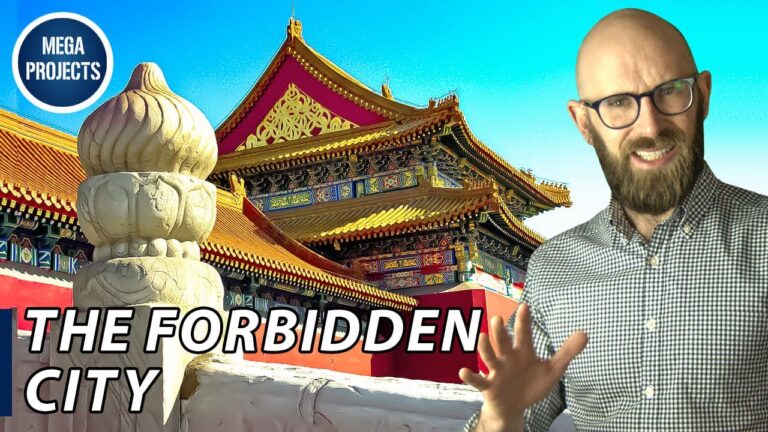The Forbidden City, also known as the Palace Museum, is an iconic piece of Chinese history that dates back to the Ming Dynasty. It is situated in the heart of Beijing, China, and was the imperial palace for the emperors of China for almost 500 years. Its location is highly significant and is associated with many important events and historical landmarks in China.
Location of the Forbidden City
The Forbidden City is located in the center of Beijing, China. It covers an area of 720,000 square meters and has a total floor space of 150,000 square meters. The palace complex is surrounded by a moat and walls that are 10 meters in height, and are made of bricks that are unique to China. The walls and gates of the Forbidden City are decorated with ornate and detailed designs, making it an impressive sight to behold.
Historical Significance of the Forbidden City Location
The location of the Forbidden City is highly significant because it was chosen as the imperial palace for a number of reasons. The palace is situated in the center of Beijing, which was the capital city of China during the Ming and Qing Dynasties. The location of the palace was chosen because it was a central location, which made it easier for the emperors to maintain control over the entire country.
Additionally, the Forbidden City was located close to the Red Gate, which was the entrance to the imperial city. This gate was significant because it was the entrance to the palace and was where the emperor would make his grand entrance during important events such as coronations or other celebrations. The Red Gate also served as a symbol of the emperor’s power and authority over the people.
Forbidden City Location and Architecture
The architecture of the Forbidden City is a unique blend of Chinese and Western design elements. This fusion is the result of several factors, including the influence of ancient Chinese architecture, as well as the incorporation of Western design elements during the Qing Dynasty.
The location of the Forbidden City played a significant role in the development of its architectural style. The palace was built on the north-south axis, which is a traditional Chinese architectural feature. This axis was also used to divide the palace into two sections, which were the outer court and the inner court. The outer court was where the emperor would conduct his official business, while the inner court was where the emperor lived with his family.
List of Important Landmarks in the Forbidden City
- Hall of Supreme Harmony
- Hall of Central Harmony
- Hall of Preserving Harmony
- Gate of Heavenly Peace
- Imperial Garden
The Forbidden City is home to many important landmarks that are rich in history and symbolism. One of the most impressive landmarks in the palace is the Hall of Supreme Harmony, which was the site of important imperial ceremonies and coronations. Other important landmarks in the palace include the Hall of Central Harmony, the Hall of Preserving Harmony, the Gate of Heavenly Peace, and the Imperial Garden.
The Forbidden City is an awe-inspiring example of Chinese architecture and history. Its location in the center of Beijing is highly significant and is a symbol of the power and prestige of the Chinese emperors. The palace complex is home to many important landmarks and is a popular tourist destination for people from all over the world. If you ever have the chance to visit the Forbidden City, be sure to take in the beauty and significance of its location and architecture.
